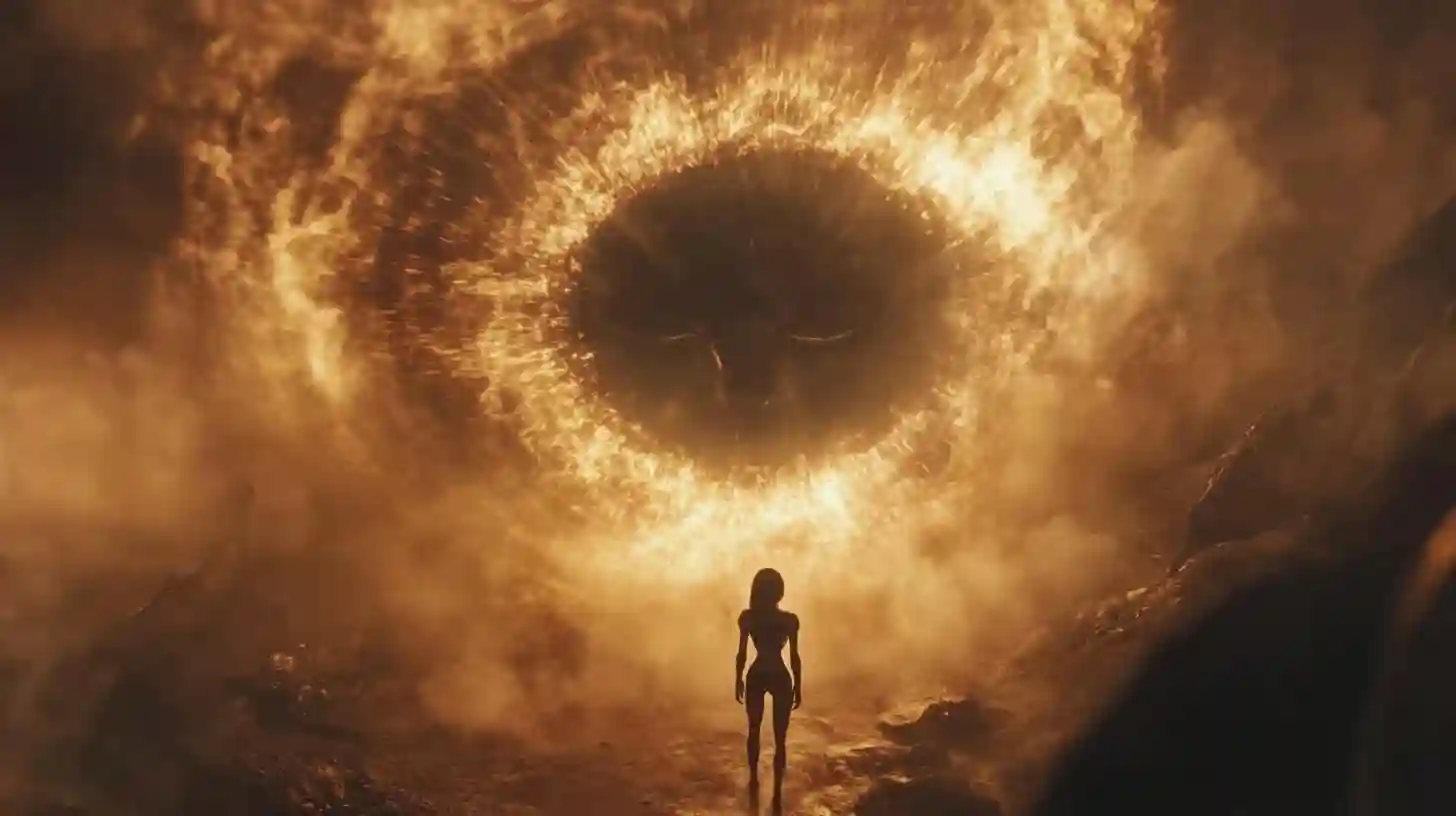
Knowledgetrovehq

Alita: Battle Angel has emerged as a significant milestone in the realm of sci-fi action films, a genre that, over the years, has been dominated by a handful of franchises and storytelling archetypes. Directed by Robert Rodriguez and produced by the visionary James Cameron, this film breathes new life into futuristic narratives while showcasing cutting-edge technology that has set new standards in visual storytelling. One of the notable aspects of Alita: Battle Angel is its ability to combine deep, emotive storytelling with a high-octane action that resonates with both fans of the genre and new audiences alike.
At the core of the narrative lies Alita, a character brought to life through a groundbreaking blend of live-action and CGI. The film's visual effects artists have pushed the technological envelope, giving Alita an expressive and relatable persona that challenges traditional notions of character development in action films. There is a palpable sense of humanity in Alita, despite her cyborg origins. Her portrayal resonates deeply with themes of identity, belonging, and self-discovery. These themes are often overlooked in sci-fi action films, which tend to prioritize spectacle over substance. By focusing on Alita's journey to understand her past, the film elevates itself above standard genre fare.
The film's world-building is another standout element. Set in a dystopian future, Alita: Battle Angel immerses viewers in a richly detailed universe, complete with an underbelly of sprawling cities and complex socio-political dynamics. The contrast between the opulent life of those in the floating city of Zalem and the struggles of those in Iron City brings to life a narrative of class disparity that resonates with contemporary societal issues. This intricately crafted setting is not just a backdrop for action but serves as a vital part of the story, grounding Alita's experiences and choices in a believable context.
Action sequences in Alita: Battle Angel are breathtakingly choreographed and visually stunning, setting a new benchmark for the genre. The film’s utilization of high-speed motion and dynamic camera techniques immerses audiences in immersive combat scenes that feel both exhilarating and impactful. The blend of martial arts, futuristic weaponry, and innovative combat styles contributes to a pulse-pounding atmosphere that keeps viewers engrossed. The fight choreography showcases not only Alita’s physical prowess but also her emotional stakes, as each battle reflects her growth and resilience.
Moreover, the film’s casting choices contribute significantly to its groundbreaking nature. Rosa Salazar's performance as Alita is nothing short of remarkable. She manages to convey a wide range of emotions, from vulnerability to fierce determination, making Alita a multifaceted character with depth. The supporting cast is also noteworthy, featuring actors such as Christoph Waltz, Jennifer Connelly, and Mahershala Ali, who all bring their unique talents to the film. Each character is well-drawn and contributes to a story that is greater than the sum of its parts, showcasing the importance of diverse talent in creating a rich cinematic experience.
Alita: Battle Angel also explores themes related to technology and humanity, offering a commentary on the relationship between the two. As new technologies emerge and become ingrained in society, questions regarding the ethics of enhancement, artificial intelligence, and what it means to be human come to the forefront. These themes add layers to the narrative, prompting viewers to reflect on their relationship with technology in their own lives. Instead of presenting a binary view of technology as either beneficial or detrimental, the film challenges audiences to engage with its complexities.
The movie stands out not only for its narrative and visual achievements but also as a cultural touchstone that seeks to inspire a new generation of filmmakers. By combining innovative technology and storytelling that breaks down conventions, Alita: Battle Angel sets a precedent for future sci-fi action films. It broadens the scope of what is possible within the genre, paving the way for more diverse narratives and empowering characters.
The film has resonated with audiences around the world, sparking conversations about its themes and implications. Its ability to make complex ideas accessible to a broad audience highlights the power of cinema as a medium for social commentary and exploration. As filmmakers continue to grapple with the advancements of technology and shifting cultural landscapes, Alita: Battle Angel stands as a beacon of what the future of sci-fi action films can encompass. The blend of innovation, emotion, and thought-provoking themes sets a new standard that will likely be felt for years to come, ensuring that Alita’s journey is far from over.